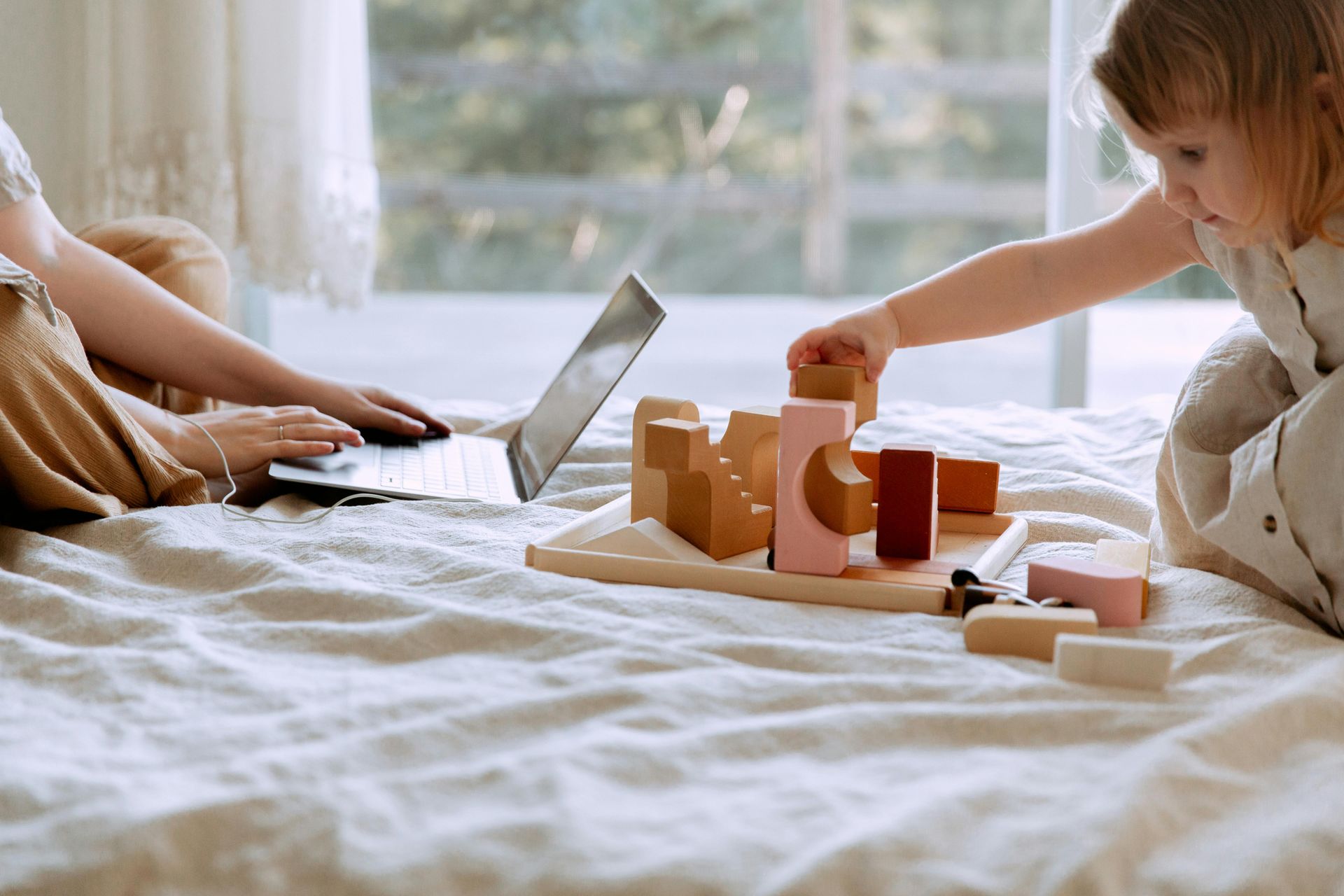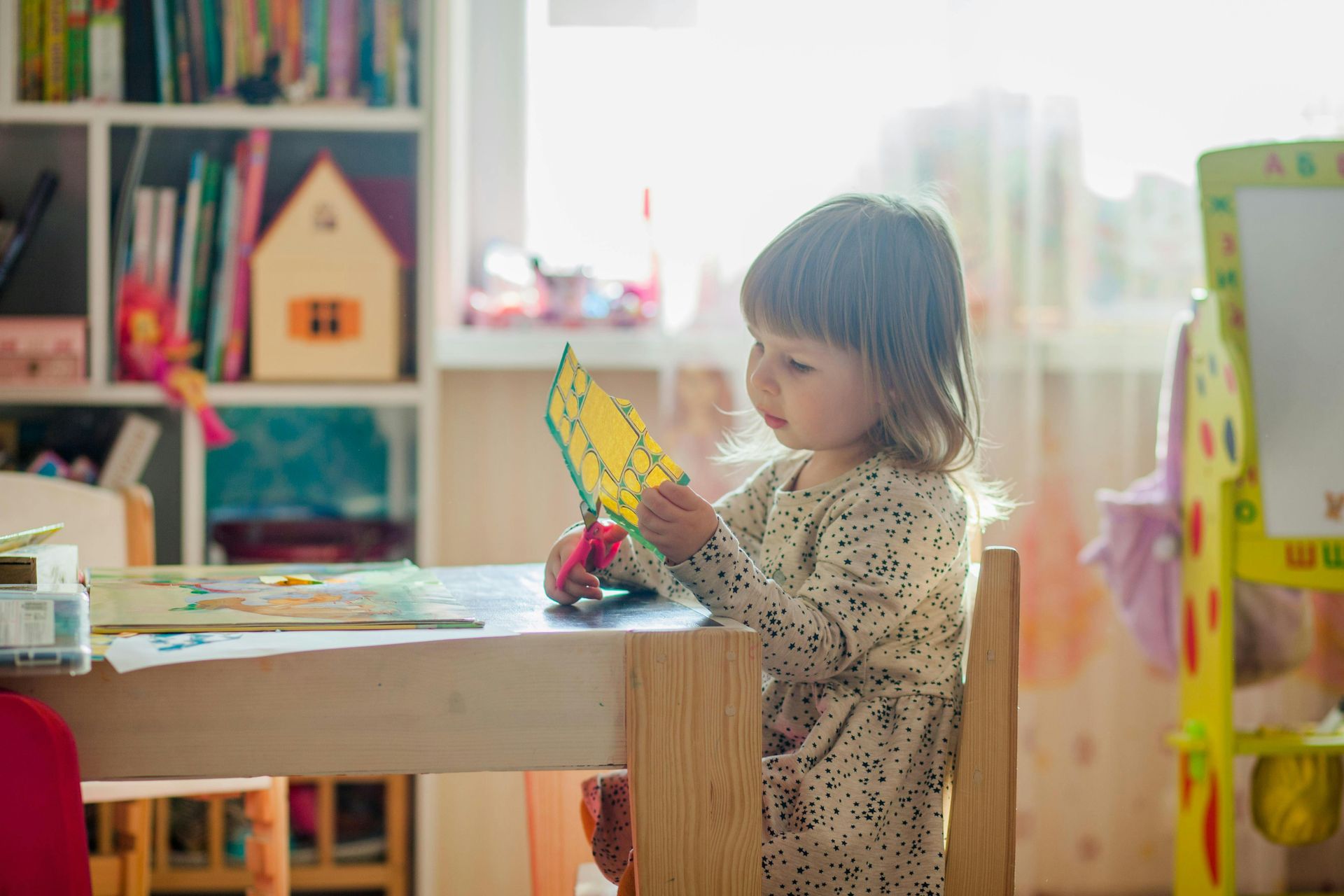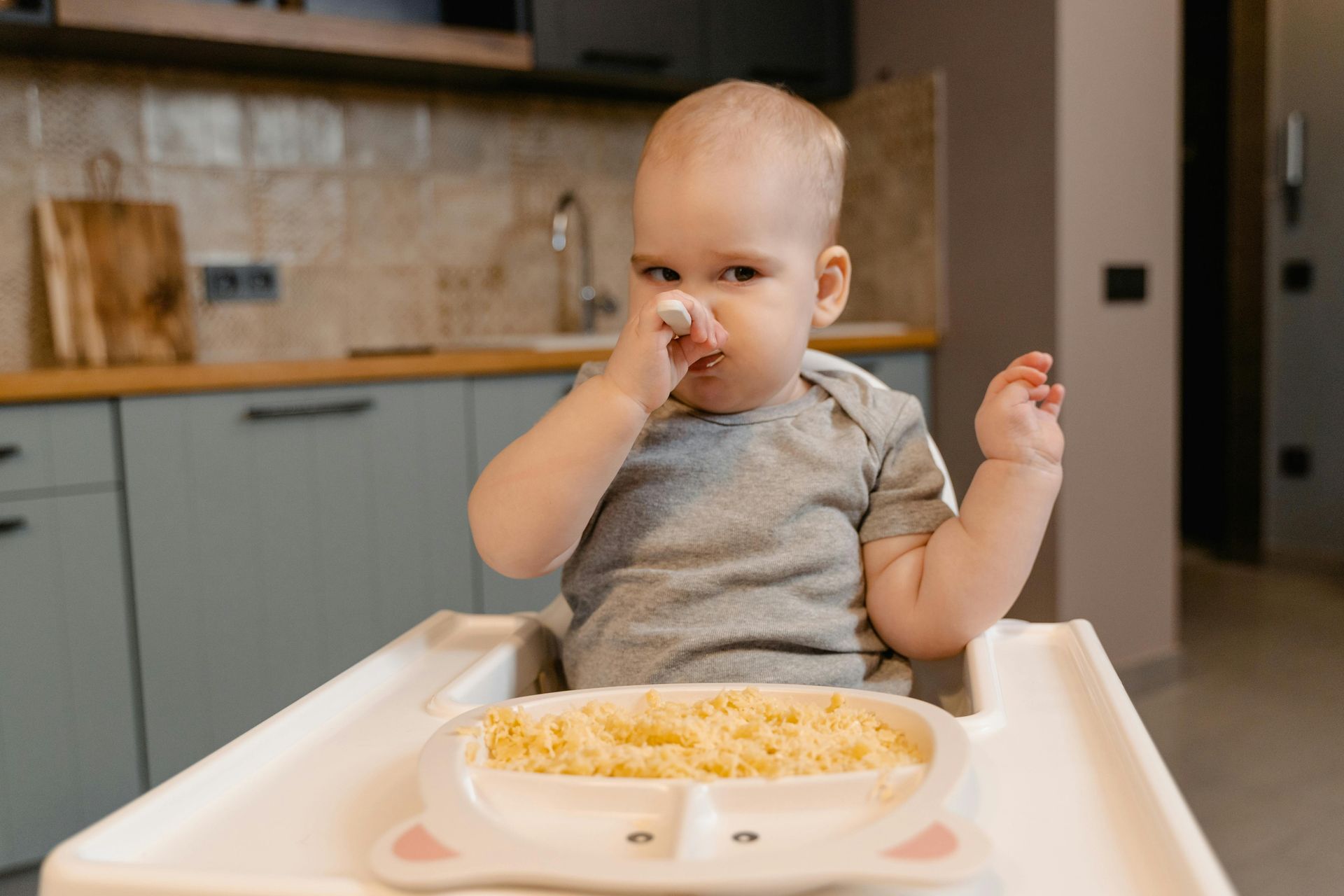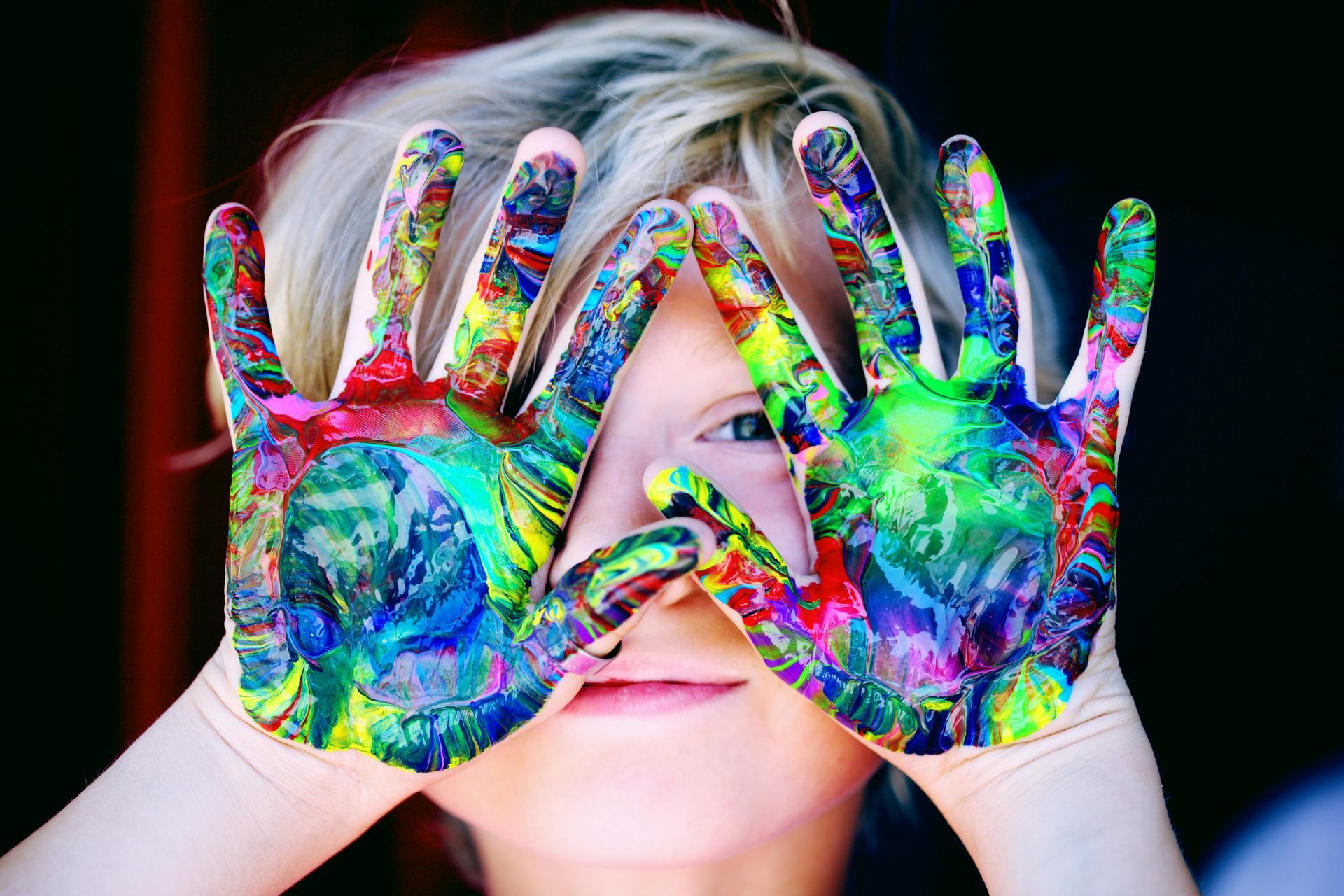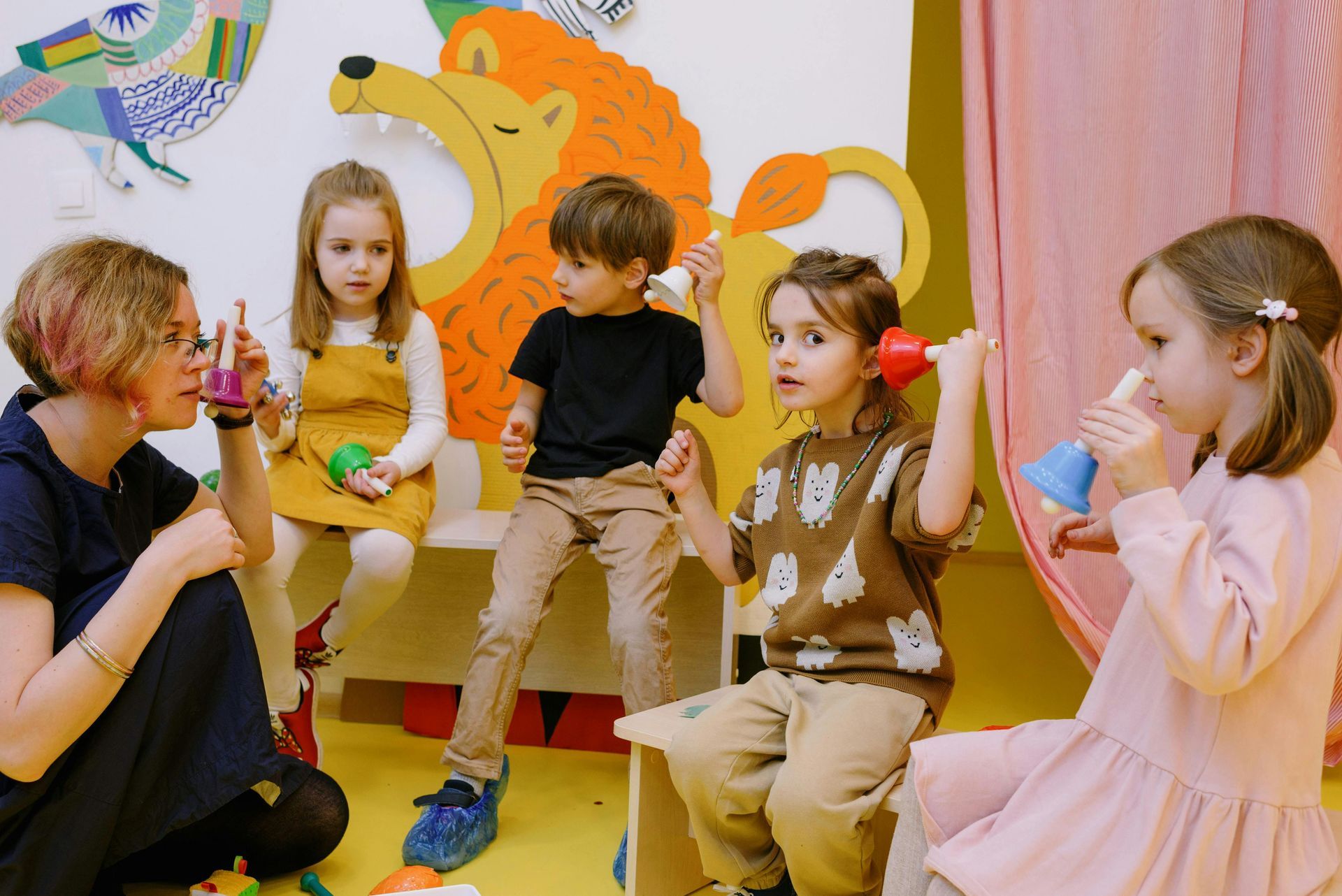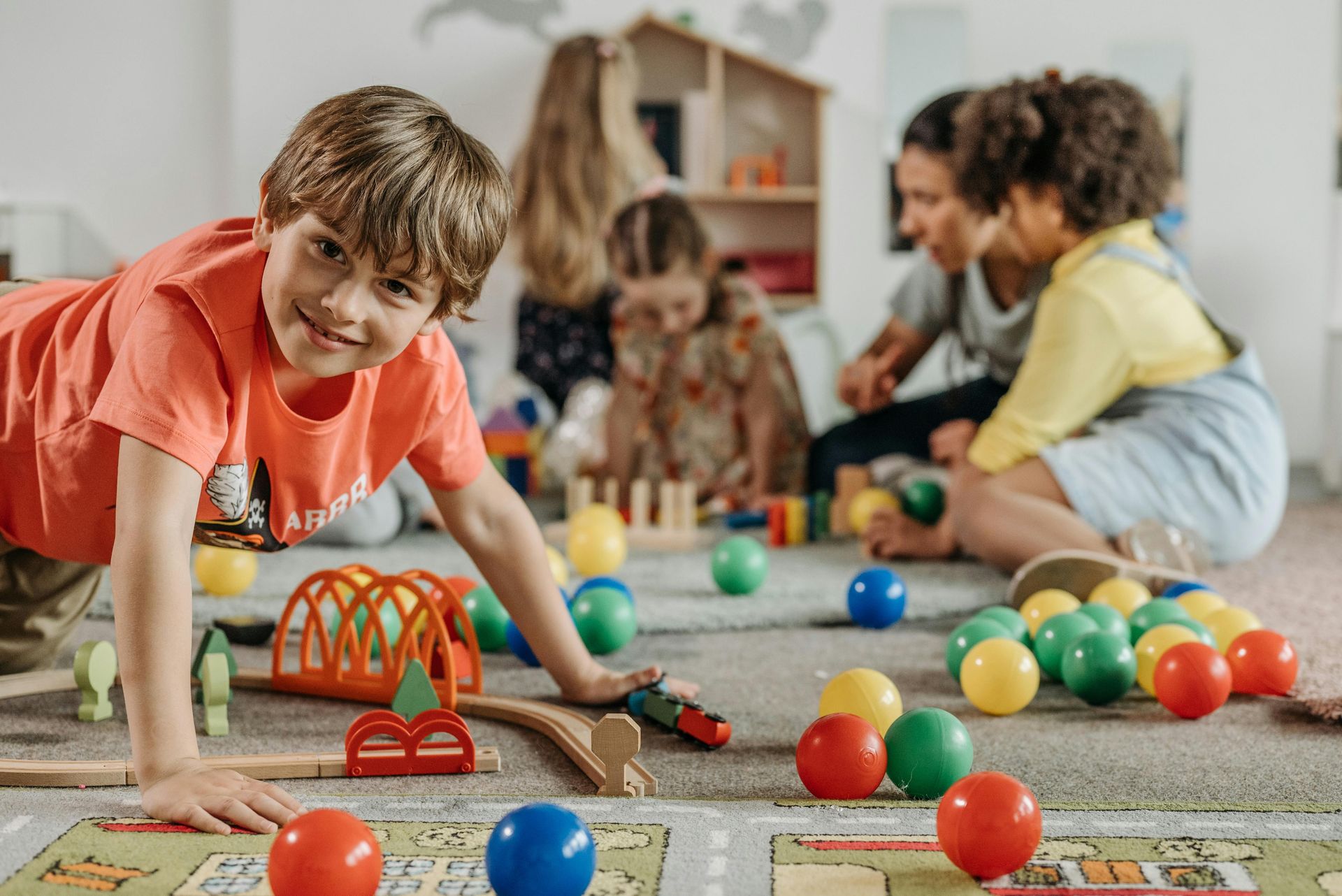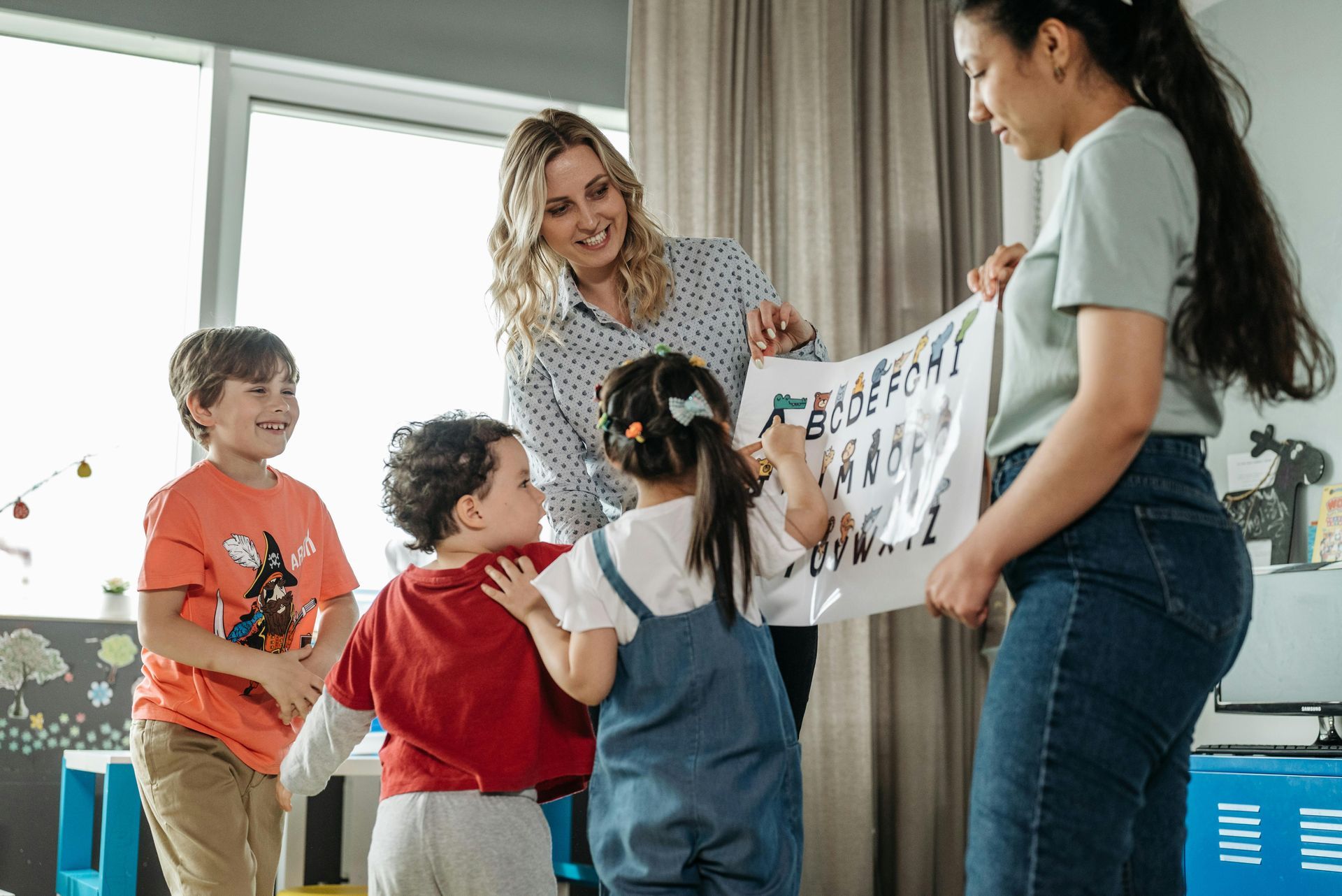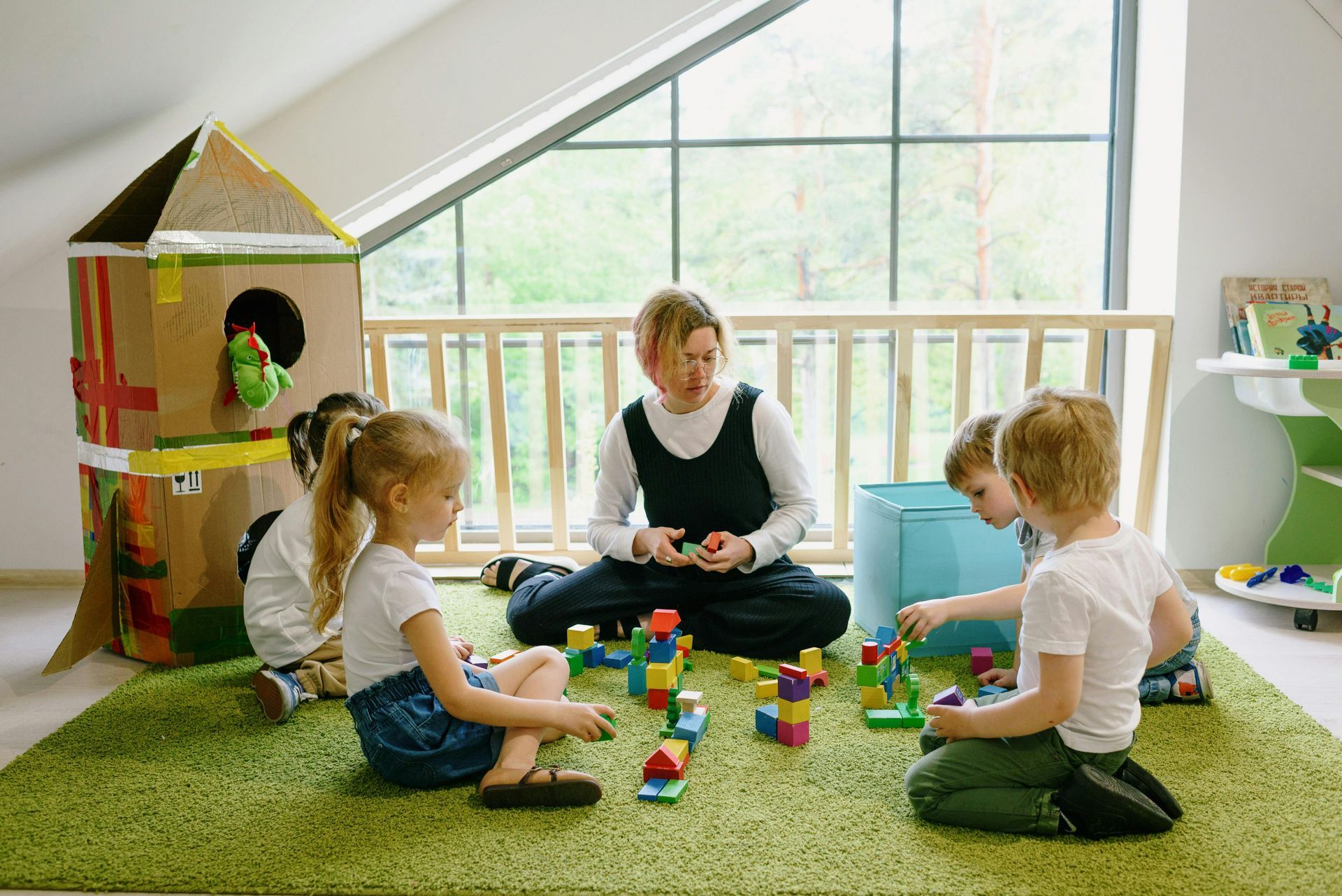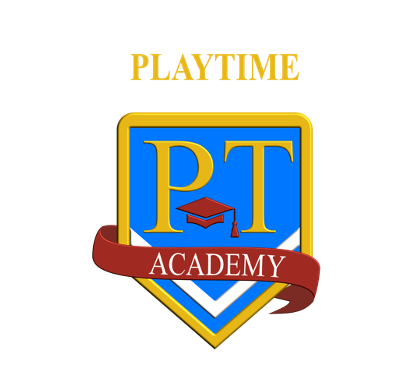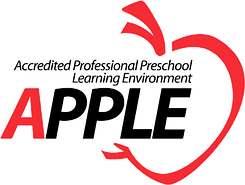From Sensory Bins to Self-Discovery: How Hands-On Exploration Shapes Confident Learners
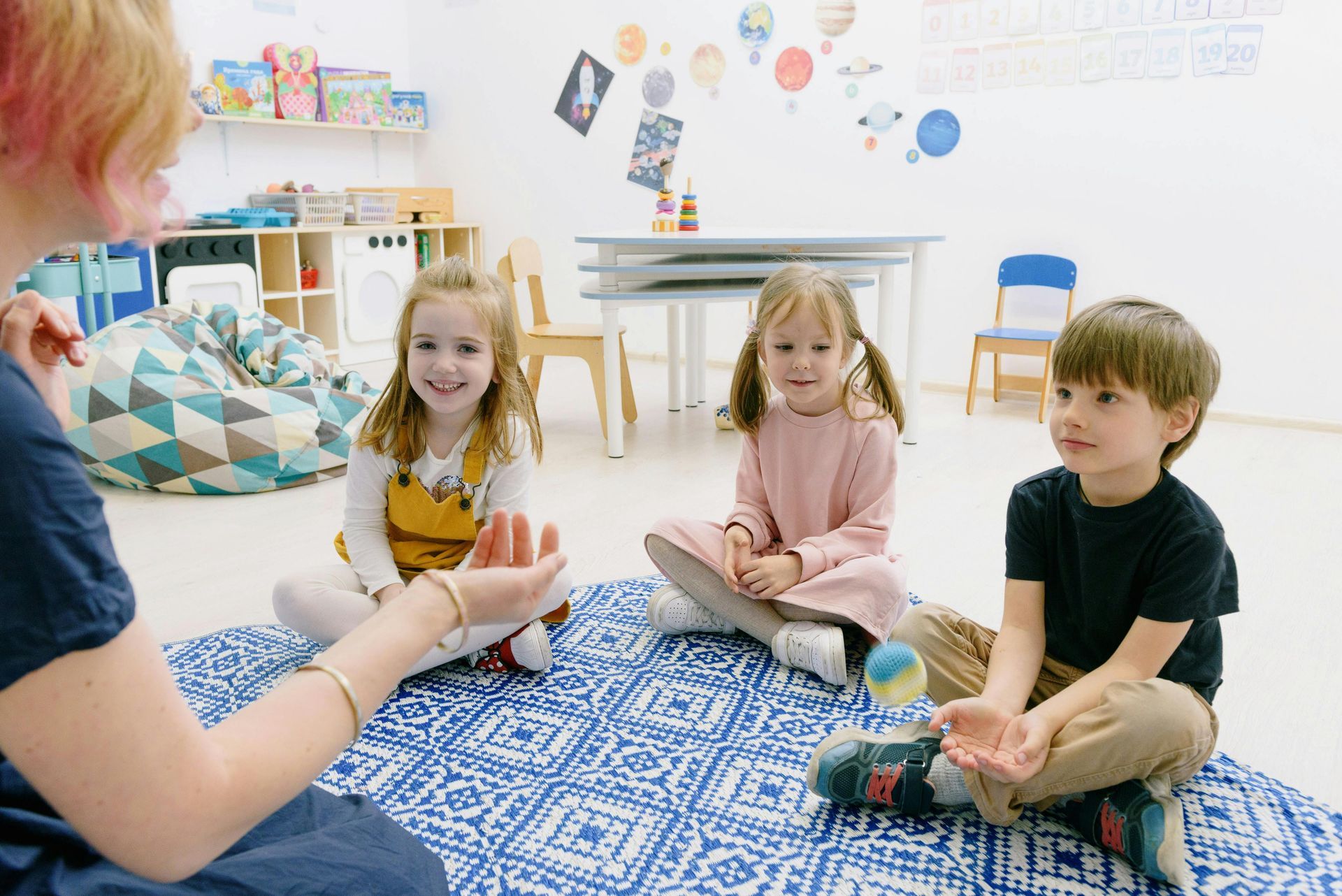
In a world filled with screens and structured schedules, hands-on learning is more important than ever—especially during the early years. At Playtime Academy, we believe in the power of tactile experiences. But it’s not just about touch—it’s about giving children the tools to explore, question, and understand their world from the ground up. In this blog, we’ll dive into how sensory-rich, exploratory learning helps children uncover not only academic concepts but also their own strengths, emotions, and confidence.
The Science Behind Sensory Exploration
Sensory play—think sand, water, slime, dough, textured toys—is not just “fun stuff.” It’s scientifically proven to support brain development in early learners. Sensory experiences activate neural pathways that form the foundation for learning, memory, and behavior regulation.
In other words, when a child squishes playdough or watches colored rice swirl in a jar, their brain is doing complex work: integrating information, organizing stimuli, and forming meaningful associations.
The Hidden Benefits of Hands-On Learning
Let’s break down what makes tactile exploration so powerful—and why it’s central to our teaching philosophy at Playtime Academy:
- Fine Motor Development: Scooping, pouring, pinching, and stacking strengthen hand muscles and coordination, preparing children for writing, tying shoes, and buttoning jackets.
- Language Growth: Describing how things feel, smell, or move introduces rich vocabulary—“squishy,” “gritty,” “bumpy,” “oozy”—and improves expressive communication.
- Problem Solving & Focus: When children build structures or mix substances, they experiment, hypothesize, and observe outcomes. These early science skills foster logical thinking and perseverance.
- Emotional Regulation: Sensory play has a calming effect on the nervous system. It allows children to release anxiety, regulate emotions, and ground themselves in the present moment.
- Creative Confidence: Exploration without fixed outcomes builds confidence. There’s no “right way” to play with a sensory bin, and that freedom teaches kids to trust their ideas.
Inside Our Classrooms: Exploration in Action
1. The Mud Kitchen
Our outdoor mud kitchen is where nature meets imagination. Children mix soil, water, flowers, and leaves into “soups” and “potions.” They develop sequencing, categorization, and even early chemistry knowledge—while covered in giggles and mud.
2. Discovery Tables
We rotate themed sensory bins—frozen dinosaurs in ice, kinetic sand with hidden treasures, cloud dough with measuring spoons. These aren’t just activities; they’re invitations to learn through curiosity and experimentation.
3. Water Walls & Bubble Stations
Children explore cause-and-effect as they pour water into funnels, race it down pipes, and watch bubbles form and pop. It’s tactile physics with a dose of wonder.
4. Nature Walk Collections
Leaves, stones, pinecones, and feathers collected from nature walks become part of our exploration tables. Children sort, compare, and create stories from their treasures, connecting learning to the world around them.
Encouraging Self-Discovery Through Play
Every time a child digs, stirs, or sculpts, they’re doing more than building a sandcastle—they’re learning about their preferences, problem-solving style, and confidence. Here’s how we nurture this:
- Freedom to Choose: Our learning stations are self-directed, allowing children to choose what interests them and explore it deeply.
- Celebrating Process Over Product: We don’t focus on end results—we focus on
how children engage. This boosts intrinsic motivation and independence.
- Asking Open-Ended Questions: Teachers ask “What do you notice?” or “What do you think will happen if…” to spark critical thinking and dialogue.
- Reflective Conversations: After play, we invite children to share what they discovered or felt. These reflections build self-awareness and emotional vocabulary.
How Parents Can Support Sensory Learning at Home
You don’t need fancy materials to bring hands-on learning home. Here are some easy ideas:
- Create a rice bin with measuring cups and scoops.
- Let your child help with cooking—measuring, mixing, and kneading.
- Explore nature together: collect leaves, touch tree bark, splash in puddles.
- Freeze small toys in ice cubes and let them “rescue” them with warm water.
- Provide finger paint, shaving cream, or cloud dough for messy (but safe) fun.
The key? Let them explore without worrying about mess or perfection. Sensory learning thrives when children are free to follow their instincts.
Explore how open-ended exploration and hands-on experiences shape young minds in our blog posts on cultivating curiosity in preschoolers and the philosophy behind getting messy.
Conclusion: Learning Starts in Their Hands
At Playtime Academy, we see children as natural scientists, artists, and inventors. By engaging their senses, we empower them to make sense of their world—not through rote memorization, but through real experience.
Sensory play is more than a strategy—it’s a celebration of how children learn best: hands first, heart open, and curiosity on full display.
